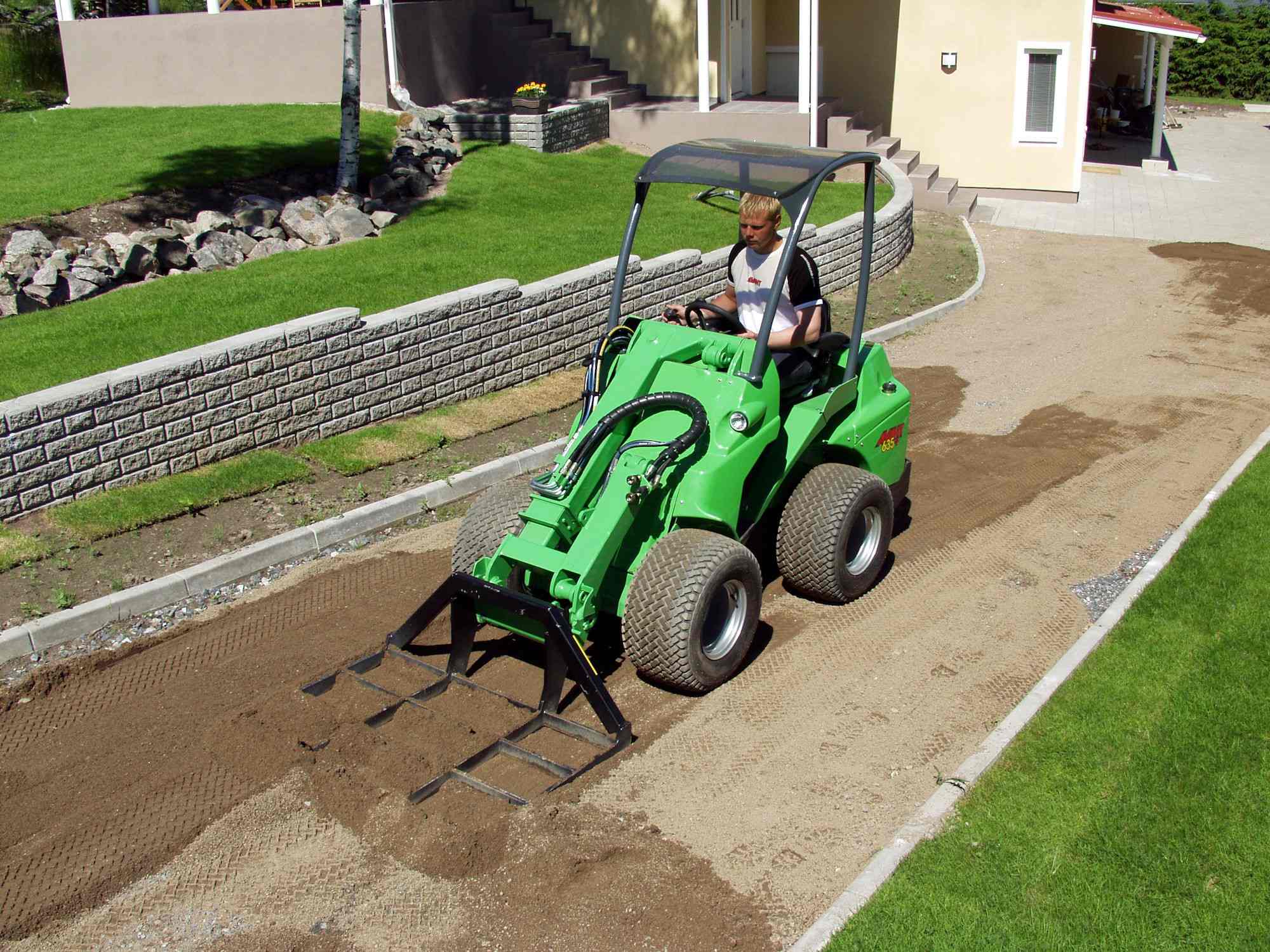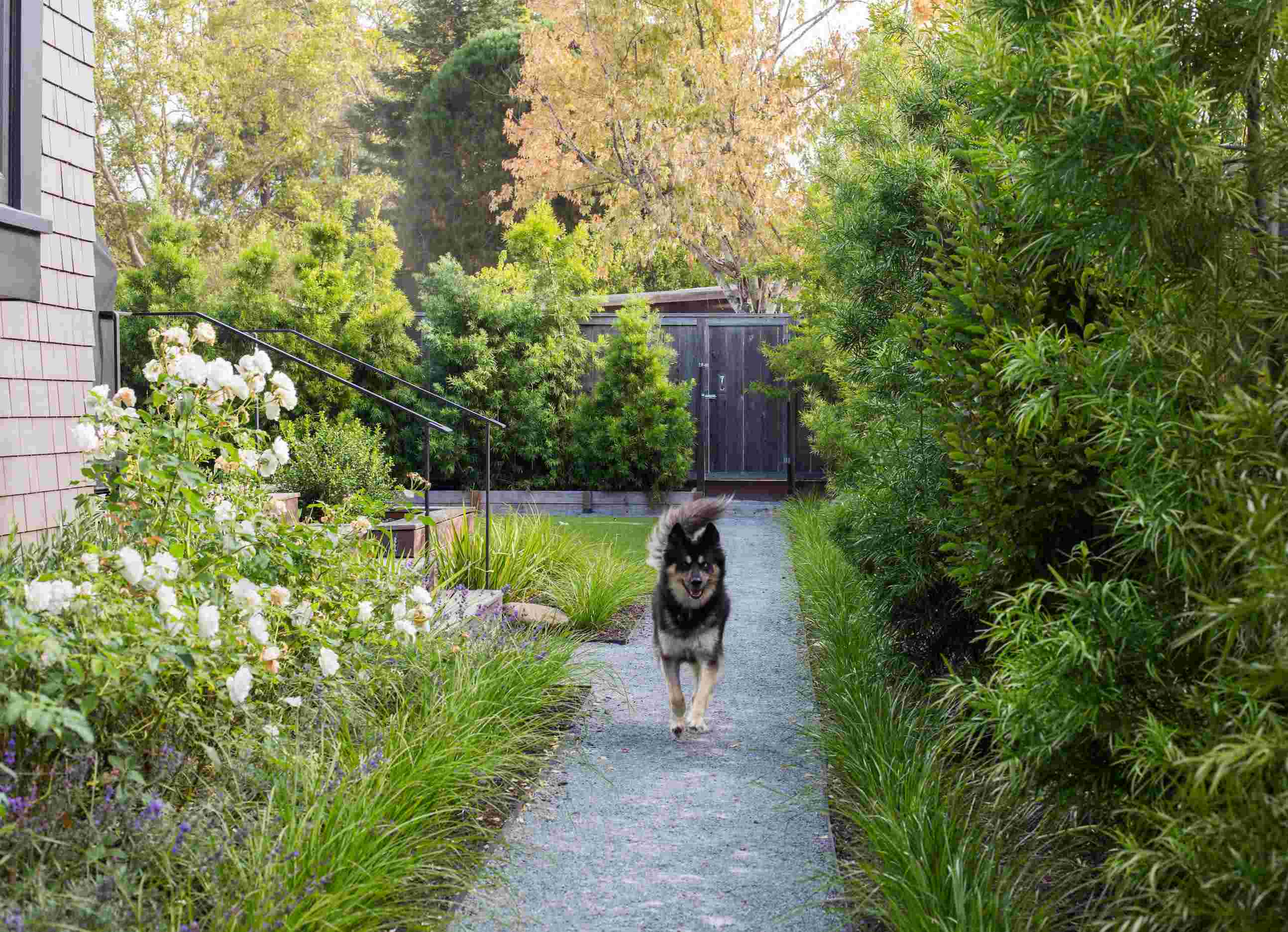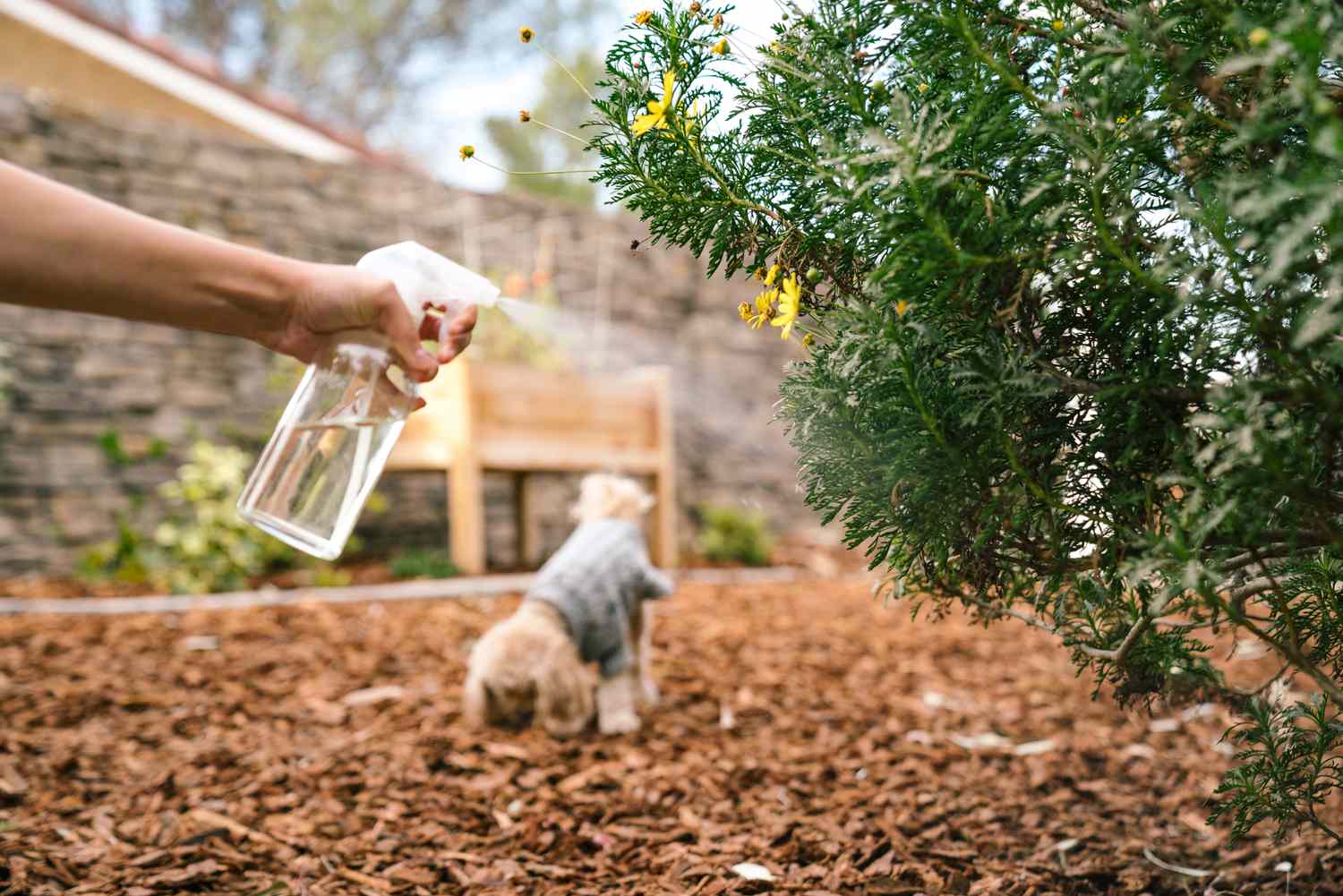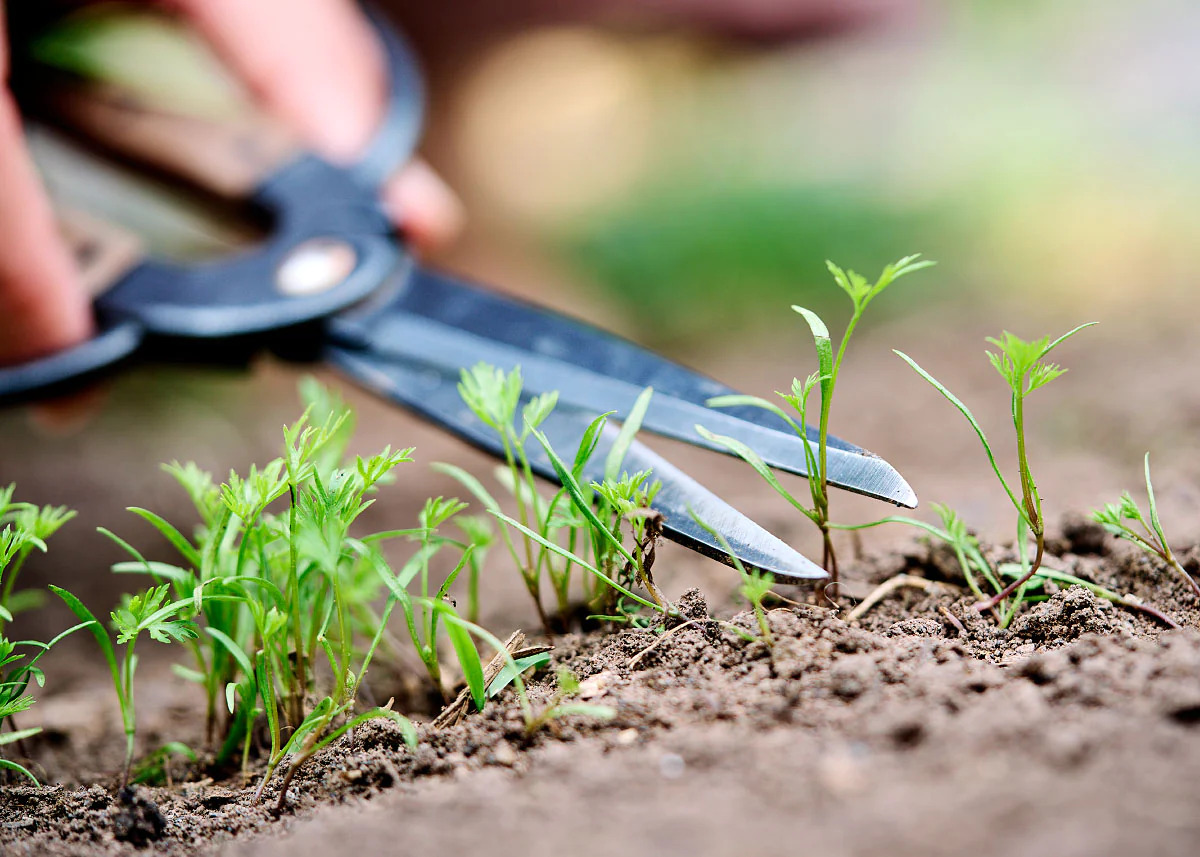Home>Gardening Tips and Tricks>Problem Solving>How To Fix Stretched Out Succulents
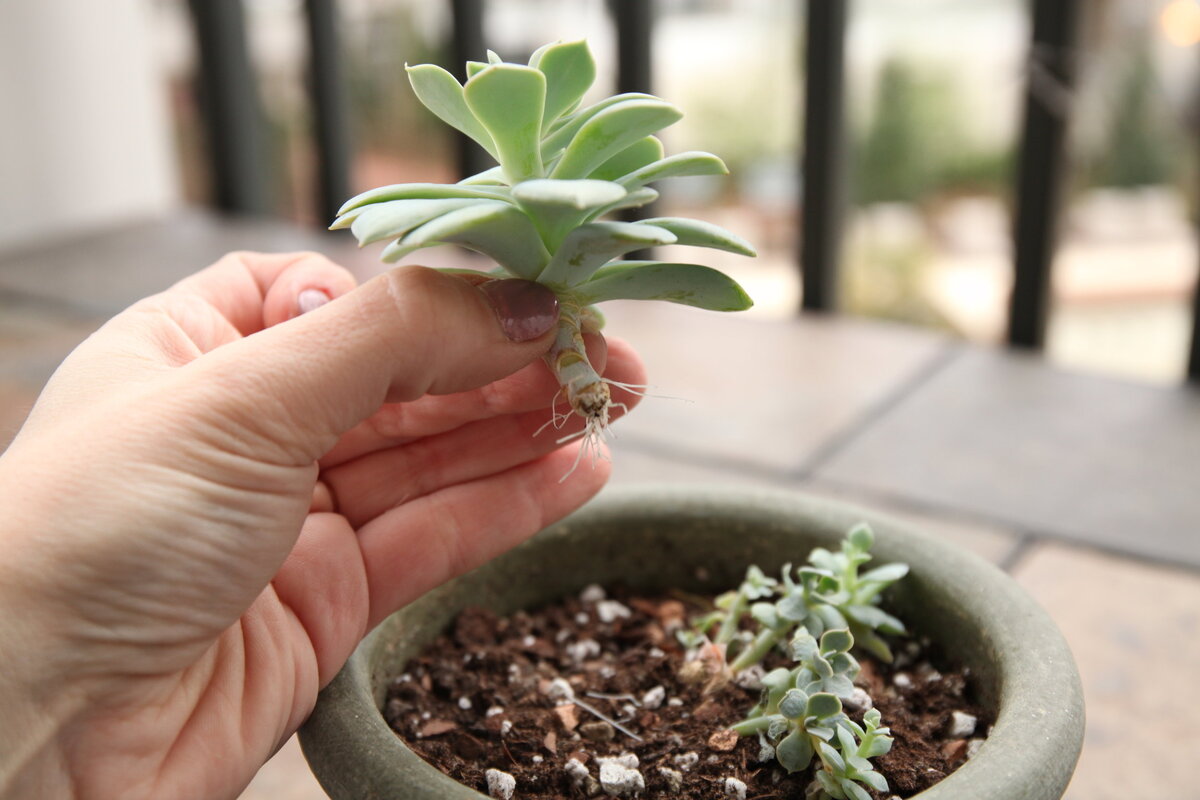

Problem Solving
How To Fix Stretched Out Succulents
Published: December 26, 2023
Learn effective problem-solving techniques to fix stretched out succulents. Discover expert tips for restoring the health and beauty of your plants.
(Many of the links in this article redirect to a specific reviewed product. Your purchase of these products through affiliate links helps to generate commission for Chicagolandgardening.com, at no extra cost. Learn more)
Table of Contents
Introduction
Understanding Stretched Out Succulents
Succulents are beloved for their low-maintenance nature and unique, captivating appearance. These resilient plants have gained immense popularity among gardening enthusiasts, adding a touch of greenery to homes, offices, and outdoor spaces. However, even the most experienced succulent growers may encounter a common issue: stretched out succulents. This phenomenon occurs when succulents grow tall and leggy, often resulting in a less visually appealing and healthy plant.
Stretched out succulents, also known as etiolated succulents, typically occur when these plants do not receive adequate sunlight. As a result, they elongate and reach for light, leading to weakened stems and a less compact, vibrant appearance. While this may seem like a cause for concern, fear not! There are practical and effective solutions to restore your succulents to their former glory.
Understanding the underlying causes and solutions for stretched out succulents is crucial for any succulent enthusiast. By delving into the reasons behind this issue and learning the best practices for rectifying it, you can ensure the continued health and beauty of your beloved succulent collection. In the following sections, we will explore the root causes of stretched out succulents and provide comprehensive guidance on how to fix and prevent this common concern, empowering you to nurture thriving, visually stunning succulents.
Understanding Stretched Out Succulents
Stretched out succulents, also known as etiolated succulents, are a common issue that many plant owners encounter. This phenomenon occurs when succulents experience a lack of sunlight, causing them to elongate and become leggy. Understanding the reasons behind this stretching is essential for effectively addressing the issue and preventing it from recurring.
When succulents do not receive adequate sunlight, they begin to exhibit signs of etiolation. This process involves the plant redirecting its energy towards reaching for light, resulting in elongated stems and sparse leaf growth. Etiolated succulents often appear weak and pale, lacking the vibrant coloration and compact form that are characteristic of healthy succulents.
Several factors can contribute to the development of stretched out succulents. One primary cause is insufficient light exposure, especially in indoor environments where natural sunlight may be limited. Additionally, placing succulents in areas with indirect or poor-quality light can exacerbate the issue, prompting the plants to stretch in search of the light they need to thrive.
Furthermore, overwatering can compound the problem, as it may lead to weak, elongated growth. When succulents are overwatered, their stems can become soft and prone to stretching. This is particularly common in humid or damp conditions, where the excess moisture impedes the plant’s ability to maintain sturdy, compact growth.
Understanding the underlying causes of stretched out succulents empowers plant owners to take proactive measures to address the issue and promote healthier growth. By recognizing the impact of light exposure and watering practices on succulent health, individuals can implement targeted solutions to restore their plants’ vitality and prevent further stretching.
How to Fix Stretched Out Succulents
Rectifying stretched out succulents requires a thoughtful approach aimed at addressing the underlying causes and promoting healthy, compact growth. By implementing the following strategies, you can effectively restore your succulents to their optimal condition:
- Repositioning for Adequate Sunlight: Begin by relocating your succulents to a spot that receives ample sunlight. Ideally, place them in a south-facing window or another area where they can receive direct sunlight for several hours each day. Outdoor succulents should be positioned in a sunny, well-ventilated location to facilitate robust growth.
- Pruning and Propagation: If your succulents have become excessively leggy, consider pruning them to promote new growth and restore their compact form. Use clean, sharp scissors or pruning shears to trim the elongated stems, ensuring that you make clean cuts to minimize damage. You can also propagate the cuttings to propagate new plants, further expanding your succulent collection.
- Optimizing Watering Practices: Evaluate your watering routine to ensure that you are not overwatering your succulents, which can contribute to stretching. Allow the soil to dry out completely between waterings, and adjust the frequency based on environmental factors such as temperature and humidity. Choosing well-draining soil and pots with drainage holes can also aid in preventing waterlogged conditions.
- Applying Balanced Fertilization: Introduce a balanced fertilizer specifically formulated for succulents to provide essential nutrients for healthy growth. Follow the product’s instructions for application, and avoid overfertilizing, as excessive nutrients can lead to rapid but weak growth.
- Supporting Compact Growth: As your succulents recover, offer them additional support by propping up any weakened stems with small stakes or gentle ties. This will encourage the development of sturdier, more compact growth over time.
By diligently implementing these measures, you can effectively address stretched out succulents and set the stage for robust, visually appealing growth. These proactive steps not only restore the health and aesthetics of your succulents but also contribute to a deeper understanding of their care requirements, enabling you to cultivate thriving plants for years to come.
Prevention Tips
Preventing the stretching of succulents is essential for maintaining their compact, vibrant appearance and overall health. By incorporating the following proactive measures into your succulent care routine, you can minimize the risk of etiolation and promote robust, visually stunning growth:
- Optimal Sunlight Exposure: Position your succulents in well-lit areas where they can receive ample sunlight. For indoor plants, south-facing windows are ideal, while outdoor succulents should be placed in sunny, well-ventilated locations. Regularly assess the light conditions and adjust the placement of your plants as needed to ensure consistent exposure.
- Strategic Watering Practices: Develop a watering routine that aligns with the specific needs of your succulents. Allow the soil to dry out completely between waterings, adjusting the frequency based on environmental factors such as temperature and humidity. Use pots with drainage holes and well-draining soil to prevent waterlogged conditions that can contribute to stretching.
- Regular Monitoring and Maintenance: Routinely inspect your succulents for signs of stretching or etiolation, especially if they are situated in areas with limited sunlight. Promptly address any indications of elongation by adjusting the plants’ positioning, pruning leggy growth, and providing the necessary support to encourage compact, healthy development.
- Appropriate Fertilization: Introduce a balanced fertilizer formulated for succulents to supply essential nutrients for optimal growth. Follow the recommended application guidelines and avoid overfertilizing, as excessive nutrients can lead to rapid but weak growth, potentially exacerbating stretching issues.
- Temperature and Humidity Considerations: Be mindful of the environmental conditions in which your succulents are situated. Avoid exposing them to prolonged periods of high humidity, as this can impact their growth and make them more susceptible to stretching. Additionally, protect your succulents from extreme temperature fluctuations, which can affect their overall health.
By proactively integrating these preventative strategies into your succulent care regimen, you can create an environment that supports healthy, compact growth and minimizes the risk of stretched out succulents. Cultivating an awareness of your plants’ specific needs and providing targeted care will contribute to the long-term vibrancy and beauty of your cherished succulent collection.
Conclusion
Understanding the causes of stretched out succulents and implementing effective solutions is pivotal in maintaining the health and visual appeal of these beloved plants. By recognizing the impact of light exposure, watering practices, and environmental factors on succulent growth, individuals can take proactive measures to address stretching and promote compact, vibrant development.
When faced with stretched out succulents, repositioning the plants for adequate sunlight, pruning and propagating leggy growth, optimizing watering practices, and providing balanced fertilization can facilitate the restoration of healthy, visually appealing succulents. Additionally, offering support for recovering plants and regularly monitoring their growth enables individuals to actively contribute to the plants’ revitalization and long-term well-being.
Furthermore, integrating preventative measures such as strategic sunlight exposure, tailored watering practices, regular monitoring, appropriate fertilization, and environmental considerations can significantly reduce the risk of succulent stretching, fostering an environment conducive to robust, compact growth.
By incorporating these insights and practices into succulent care routines, individuals can cultivate thriving, visually stunning succulents that enrich indoor and outdoor spaces with their unique beauty. Nurturing a deeper understanding of succulent care and actively engaging in the well-being of these plants fosters a rewarding and fulfilling gardening experience, ensuring the enduring vitality and allure of succulent collections for years to come.

